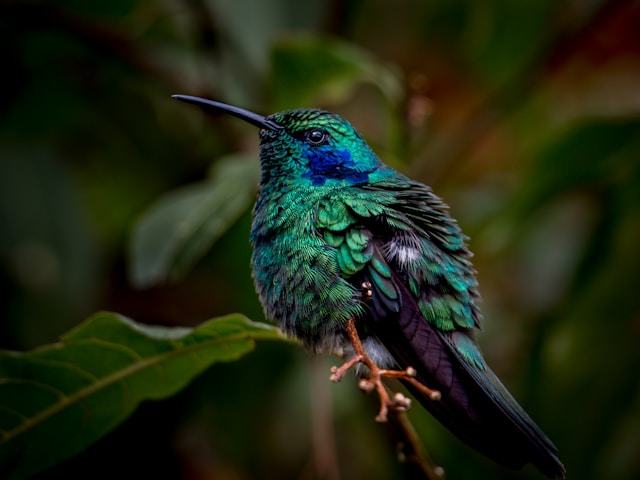Introduction
New Zealand, renowned for its unique avian biodiversity, faces significant challenges due to invasive species that threaten native bird populations. This article delves into the detrimental effects of invasive species on New Zealand birdlife, highlighting key invaders, their impacts, and efforts to mitigate these threats.
Invasive Species in New Zealand
New Zealand’s isolation allowed birds to evolve in the absence of mammals until human arrival introduced numerous invasive species. Predatory mammals such as rats, stoats, and possums prey on native birds and their eggs, contributing to population declines and extinctions. Avian diseases like avian malaria, introduced by mosquitoes, also threaten species that lack immunity.
Impact on Native Bird Populations
Invasive predators have devastated populations of flightless birds like the kiwi and kakapo, once abundant across the islands. Ground-nesting birds are particularly vulnerable, as predators easily locate and prey upon their eggs and chicks. Species like the kaka and tui face competition for food and nesting sites from introduced birds such as starlings and mynas.
Conservation Efforts and Challenges
Conservation efforts in New Zealand focus on predator control, habitat restoration, and captive breeding programs to protect vulnerable bird species. Initiatives like predator-free islands and fenced sanctuaries provide refuges where native birds can thrive without threat from invasive species. However, achieving pest eradication across larger mainland areas presents logistical and financial challenges.
Public Awareness and Education
Raising public awareness about the impacts of invasive species is crucial for conservation efforts. Educational programs promote responsible pet ownership and advocate for biosecurity measures to prevent further introductions of invasive species. Citizen science initiatives engage volunteers in monitoring bird populations and contributing to conservation research.
Conclusion
The ongoing battle against invasive species is vital for preserving New Zealand’s unique birdlife. Through collaborative efforts in research, conservation, and public engagement, there is hope for protecting native species and restoring ecological balance. Continued commitment and innovation are essential to safeguarding the future of New Zealand’s precious bird populations.
